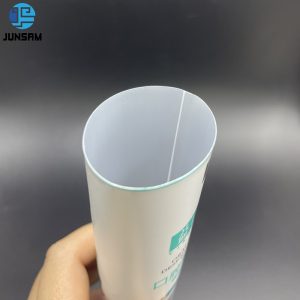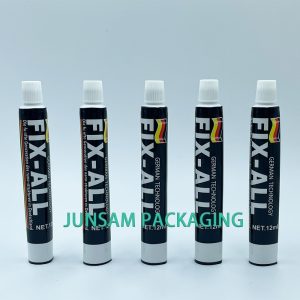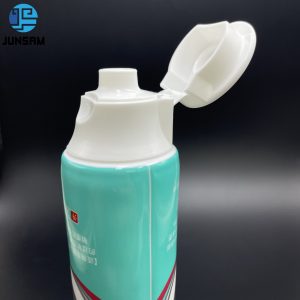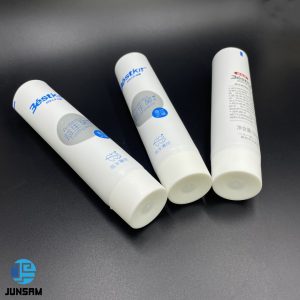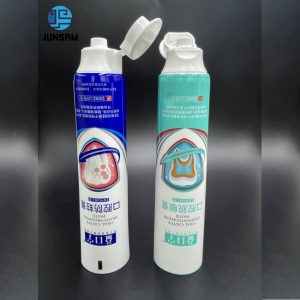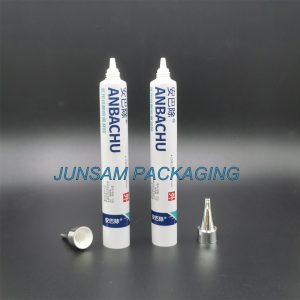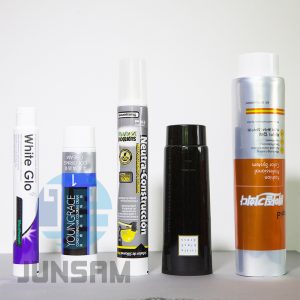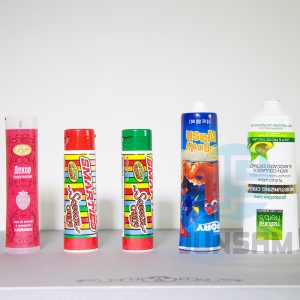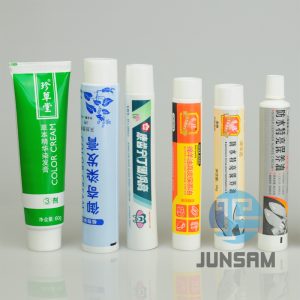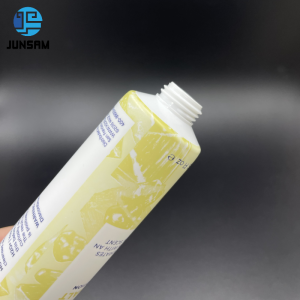The Evolution of Sustainable Packaging: Exploring Alternatives to Plastic Tubes
In today’s world, where environmental concerns are at the forefront, the packaging industry is undergoing a transformation. As consumers demand more sustainable options, companies are actively seeking alternatives to traditional plastic packaging. One area that has seen significant innovation is plastic tube packaging. In this article, we will delve into the evolution of sustainable packaging and explore alternative materials and designs that are revolutionizing the industry, moving away from plastic tubes.
The Challenge with Plastic Tube Packaging
Plastic tubes have long been a popular choice for packaging various products. However, their negative impact on the environment cannot be ignored. Plastic is derived from fossil fuels and takes hundreds of years to decompose, leading to widespread pollution and ecological damage. Furthermore, the recycling rate of plastic tubes remains low due to challenges in the recycling process, often resulting in them ending up in landfills or as marine debris.
Introducing Sustainable Materials
To address the environmental concerns associated with plastic tube, the packaging industry has embraced alternative materials that offer similar functionality while being more sustainable. One such material is bio-based plastics, which are derived from renewable sources such as cornstarch or sugarcane. These bioplastics have the advantage of being biodegradable or compostable, significantly reducing their environmental impact. By adopting bio-based plastic tubes, companies can contribute to the reduction of greenhouse gas emissions and minimize their carbon footprint.
Innovative Designs for Sustainable Solutions
Apart from alternative materials, innovative designs are also reshaping the concept of sustainable packaging. One such design is the squeeze tube, commonly used for products such as lotions, creams, and gels. Squeeze tubes eliminate the need for additional packaging components, such as pumps or sprayers, reducing material waste and simplifying the recycling process. These tubes can be made from bio-based plastics or other sustainable materials, offering a greener alternative to traditional plastic squeeze tubes.
Additionally, advancements in packaging technology have enabled the development of collapsible tubes. These tubes feature a flexible structure that allows consumers to squeeze out every last bit of the product, reducing waste significantly. Collapsible tubes can be made from materials like aluminum or laminated plastics, providing durability and recyclability. By optimizing product usage and minimizing product residue, collapsible tubes contribute to sustainable practices and resource conservation.
The Path to a Sustainable Future
The shift away from plastic tube towards more sustainable options marks a significant step in the packaging industry’s journey towards a greener future. By embracing bio-based plastics, paper tubes, and innovative designs, companies can reduce their environmental impact and meet the growing consumer demand for sustainable packaging. Furthermore, promoting recycling initiatives and investing in advanced recycling technologies can help close the loop, ensuring that packaging materials are effectively recycled and reused.
Conclusion
As the world becomes increasingly conscious of the need for sustainability, the packaging industry is embracing alternatives to plastic tubes. Sustainable materials like bio-based plastics and paper, along with innovative designs, are reshaping the landscape of packaging, providing eco-friendly options without compromising functionality. By adopting these alternatives, businesses can contribute to reducing plastic waste, conserving resources, and protecting the environment. The evolution of sustainable packaging marks a new era in the industry, where responsible choices pave the way for a cleaner and greener future.



